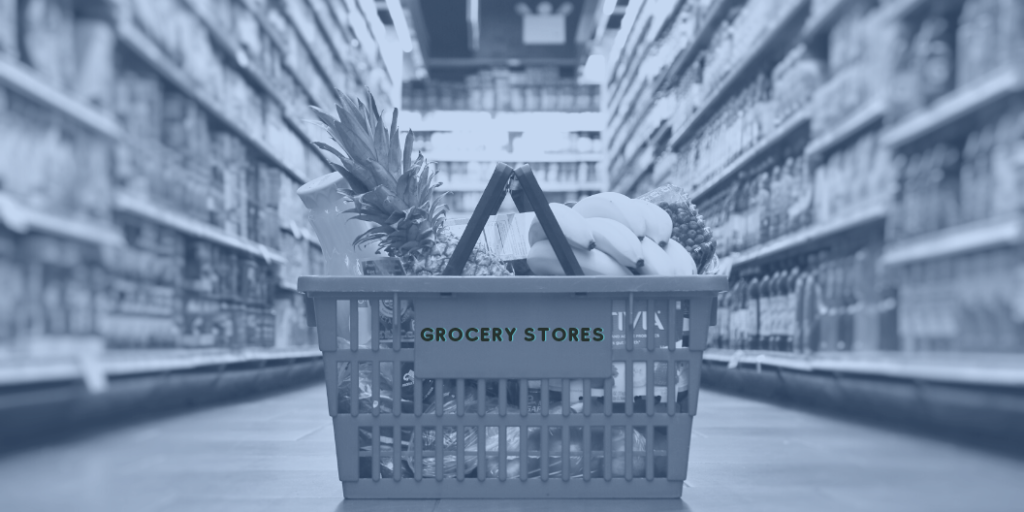However, with an average margin hovering just over 2%, can grocery stores afford to carry the additional operating expense of a dynamic pricing platform?
Adopting Dynamic Pricing in Groceries
The truth of the matter is that the return on investment (ROI) with a dynamic pricing engine is strong enough to be of value to grocery stores of all sizes. Dynamic pricing ROI for groceries primarily comes from two places – higher profits and inventory optimization.
Dynamic pricing looks at the overall market, evaluates the grocery store’s position, and recommends prices that are intended to increase profits. Sometimes that profit increase comes from raising prices on popular items; other times it comes from driving more volume sales. The AI engine takes numerous factors into consideration, as it continuously evaluates and updates prices. Typically, dynamic pricing platforms increase revenue by up to 30%, while driving profits up by 11%.
However, as mentioned earlier, ROI in groceries also comes from inventory optimization. In today’s grocery environment, large grocery stores throw thousands of dollars’ worth of inventory into the trash every week. This includes fresh baked goods that are made on premises, milk and dairy products, produce, stale bread, and other products with a limited shelf life.
Dynamic pricing can step in and protect a grocer’s investment in inventory by adjusting prices based on sell by dates. When fresher milk comes in, for example, grocers can offer discounts on the milk that is still good but has a shorter shelf life. For the first time, grocers can incentivize their customers, through automated dynamic pricing, to buy a product that needs to be finished quicker.
Using AI, the system can identify the ideal price point where consumers are willing to choose the older product, rather than relying on the pricing manager’s intuition. As a result, not only are products nearing their end of life still sold, but they are sold at the highest possible price point.
Integrating dynamic pricing into your system
Dynamic pricing engines allow for real-time changes in prices, due to competitor pricing, inventory changes, or other factors, helping to give the grocery an edge over its competitors. Once ESLs are implemented into a store, grocers can simply connect their dynamic pricing engine to the ESL and POS system. Consumers will appreciate the clearly displayed prices on the digital screens and welcome a shopping experience where the display price is always the same as the price at the cash register.
The dynamic pricing engine is technology agnostic. It can be connected to the ESL and POS systems using wi-fi, beacons, ultra-wide band transmitters, or other communication methodologies.








